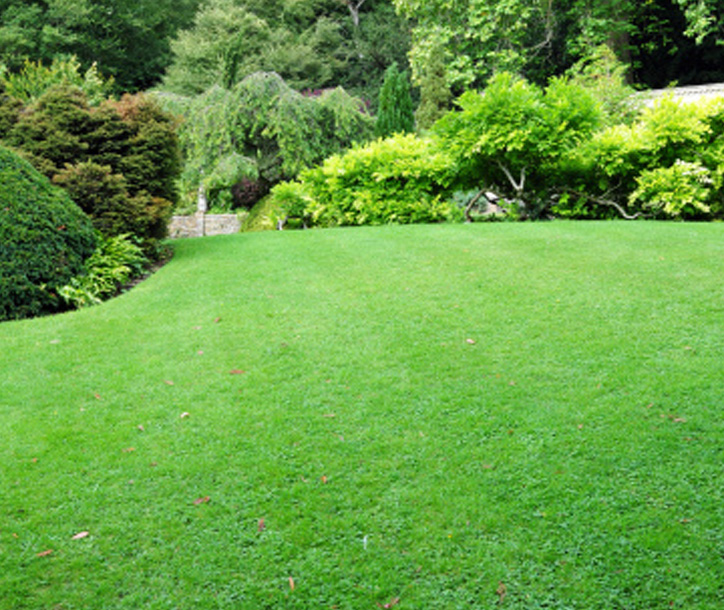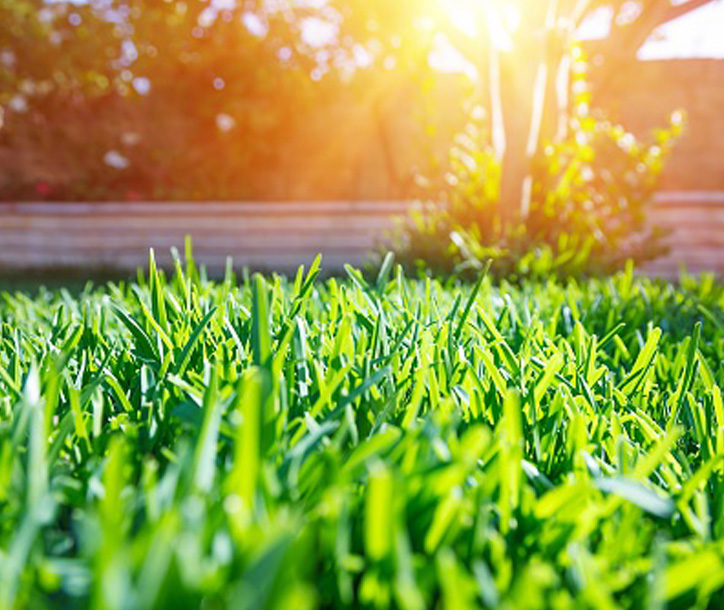Healthy trees and shrubs depend on continuous maintenance and care throughout the year, including fall fertilization, which should be provided in October or November.
Your trees and shrubs play an important part of your landscaping and are an investment that you would like to protect during every season. The care of these plantings are dependent on not only the time of year, but also the age of your greenery. Fertilization also helps to protect your trees and shrubs from insects, disease, and inclement weather, encourage growth and blooms, and increase the vigor of trees and shrubs.
the vigor of trees and shrubs.
Benefits of Deep Root Fertilization
A balanced macronutrient and micronutrient fertilizer will help the root system, increasing plant health while getting ready for the cold of winter. The right balance of nutrients is delivered right to the root zone, which is why this process is called deep root fertilization.
Deep root fertilization means that your trees and shrubs will:
- Benefit from proper soil composition.
- Have more resistance to disease.
- Flower more easily.
- Be able to defend against insects.
If your plantings are in a location that doesn’t have optimum soil or sunlight, deep root fertilization can bring balance back to ensure a healthy growing cycle. The fall is when tree and shrub roots become longer and when food is stored for the winter months. Also, nutrients that remain in the soil after this fertilization period will help the plantings again in the spring.
Tree and Shrub Maintenance Programs in Upper St. Clair and Pittsburgh
Superior Lawn Care’s professional ornamental tree and shrub application program is a multi-season service that keeps your plantings healthy and protected from sometimes harsh western PA weather. Our technicians are trained to monitor your plantings as well as provide that all-important fertilizer in the fall. Call us today if you would like to learn more about our maintenance programs for your shrubs and ornamental trees. Superior Lawn Care services all areas in southwestern PA, including Indiana, Cranberry, Wexford, Moon Township, North Huntingdon, and Penn Township.



